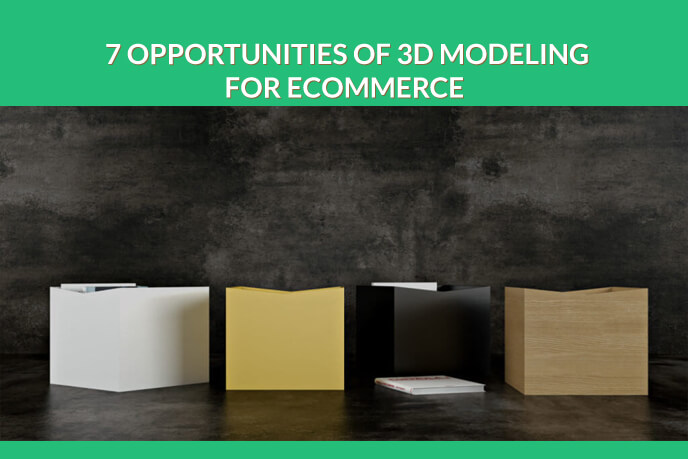3D Modeling For Ecommerce: Achieving Commercial Success
3D modeling for ecommerce is a powerful tool for those who want to win the online marketing competition. Major furniture producers have realised its marketing potential and are using CGI in their websites and product pages. Still, there are some who are on the fence, and today we’ll encourage you to jump on this incredible opportunity, use cutting edge technology to sell your goods, increase revenue and attract more clients. Learn seven opportunities of employing 3D modeling and rendering!
#1. Prototype Designs Faster And Cheaper
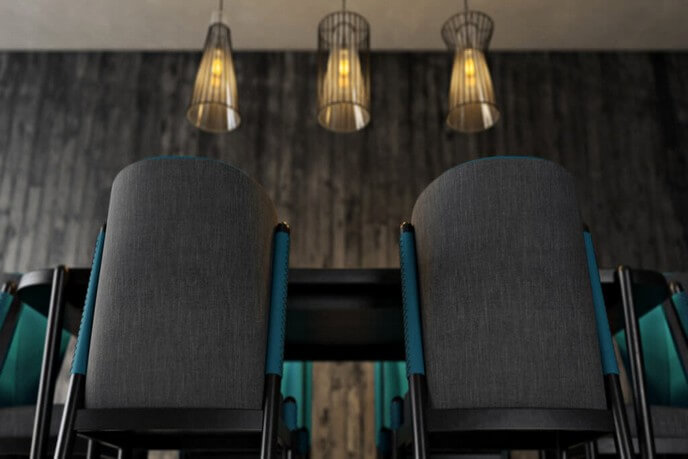
Creating new designs and testing them has always been an expensive and challenging task for furniture producers. Luckily for you, disposable props are a thing of the past. 3D modeling software can be used to render and test your designs effortlessly and much cheaper than traditional means. There is no need to waste money on props and even start serial production until a digital prototype is greenlit.
#2. Order More Affordable Photorealistic Images For Higher Returns
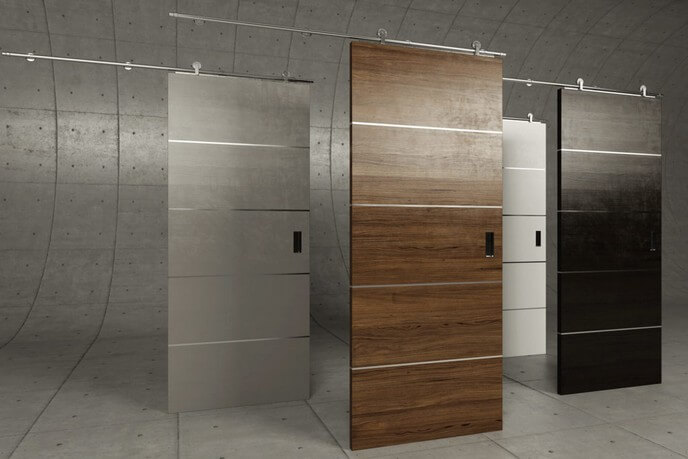
You are used to taking photos of your goods for catalogs and websites, but 3D product visualization can supplant photography entirely for a few significant reasons. First, modern 3D modeling software can create objects indistinguishable from real counterparts. Second, such images can demonstrate an item from all sides, allowing basic (yet very effective for customer attraction) 360-degree views. Finally, unless you’re shooting furniture pictures yourself in makeshift studio, photography is expensive. You can order dozens of renders for what amounts to one professional photoshoot while retaining the same visual quality. Be it lifestyles or white background shots, 3D modeling for ecommerce visually represents your merchandise in the best way possible.
#3. Use Interactive Visuals
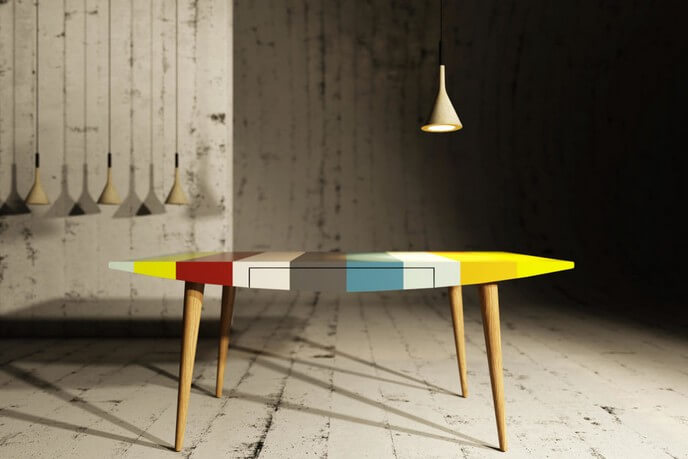
Modern clients want interactivity from visual content, be it just animation or something they can drag across the screen, change on spot or resize. Creating something like that would be extremely difficult or even outright impossible with photography – and this is where 3D modeling for ecommerce comes in. Since 3D models are purely digital, a 3D artist can apply changes on the fly: add additional elements to surroundings, switch color, material or shape, set up another type of lighting or change the time of day and so on. As a result, there can be multiple iterations of essentially the same object but in different styles or demonstrating different models. The programmers and web specialists can then turn that heap of data into a product page add-on that allows potential customers to see all available options with 360-degree views and choose the ones they really want to buy. Another creative use of 3D modeling is making modular 3D models in order to add a disassemble/reassemble feature to product page, a sort of interactive three-dimensional user manual or just an entertaining widget to demonstrate object’s quality.
#4. Have A Supply Of Pictures For Later Use
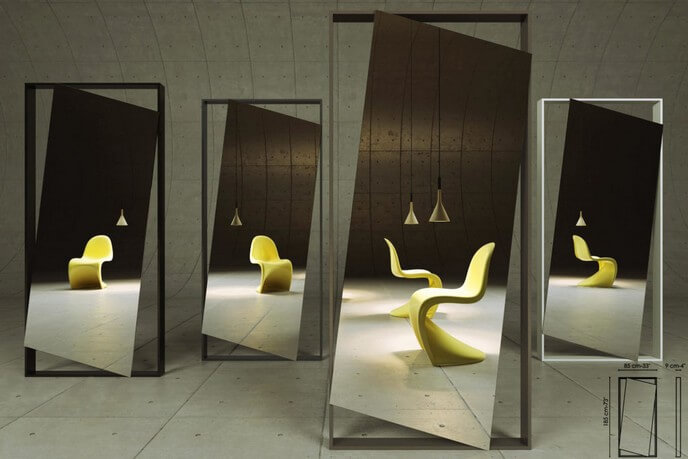
Having enough imagery for current marketing campaign is a good thing, but having a supply of pictures in store for later use is even better. Since 3D modeling for ecommerce is about visualizing things that don’t exist yet it would be a great idea to order pictures of furniture collections you’ve got planned for the future. This kills two birds with one stone – you have a hefty stock of images for emergencies and future marketing campaigns and also you have a base for modifying existing designs you’ve planned.
#5. Adapt To Market Changes Fast
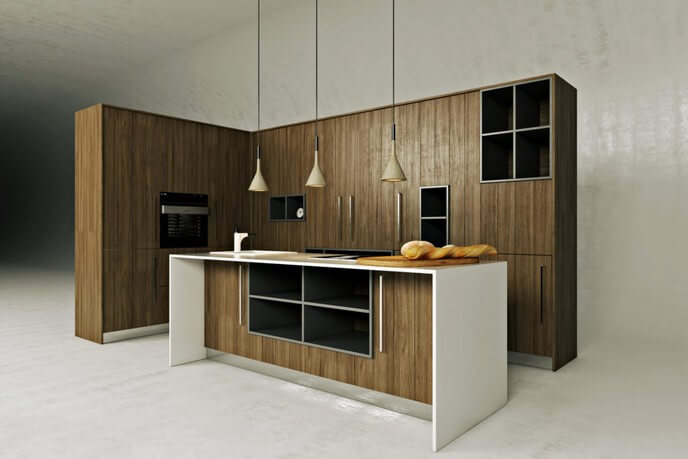
Competitive internet marketing is both about playing with the hand you’ve been dealt and having aces up the sleeves at the same time. Furniture ecommerce is not an exception – the market is very volatile and adapting to changes is key to survival. 3D modeling offers a few lifesavers to businesses. First, as was mentioned before, is a supply of design visualizations for later or emergency use. Second is flexibility that is only possible when working with digital materials. And third is that CGI meets current social media standards – the main instrument of ecommerce and major arena for competing businesses.
#6. Test New Furniture Designs Before Producing Them
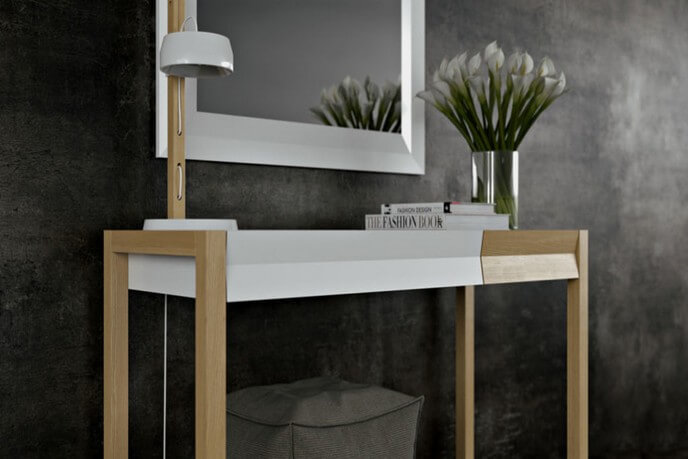
The Internet has retired old ways of testing new designs, and 3D modeling for ecommerce has helped this trend a lot. Today there is no need to produce disposable props for presentations. There is no need to conduct formal presentations for mass audiences in the first place. Enter social media – the ultimate marketing tool of 21st century (at least for now). To test new designs, a furniture producer can just order a visualization of their new design and advertise it via Facebook, Twitter, LinkedIn and Instagram to check it’s reception by clients. If the popular opinion is low, there are no strings attached – it’s only pictures, after all. After that it’s just rinse and repeat until a furniture piece or collection trigger a positive response. This method cuts a lot of unnecessary costs and drastically increases revenue as a result.
#7. Attract New Demographics
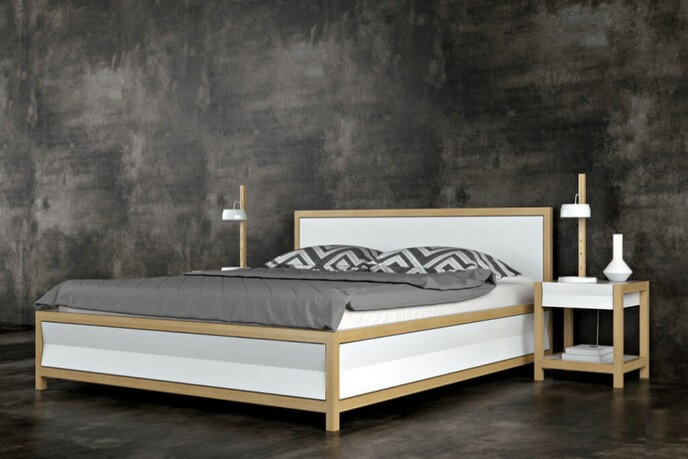
The millennials are now forming families and buying their own dwellings – this means they need furniture to fill their homes. Now is the best time for you to focus on this demographic. The Y generation wants unique experiences, values personal approach, is tied to social media and is 100% mobile. All that makes this demographic very easy to attract with 3D modeling for ecommerce. The reasons have been mentioned before – everything is customisable (unique experience/personal approach) and CGI is perfectly suited to social media visual standards. Don’t forget to make a version of your product website for smartphones, and you’re good to go!
In order to achieve success in furniture sales you need 3D modeling for ecommerce, and now is the time to start using this powerful tool. Support your marketing campaigns with high-quality CGI today with our 3D modeling services!
Let us know if you’ve got an interesting project and want to work together!

